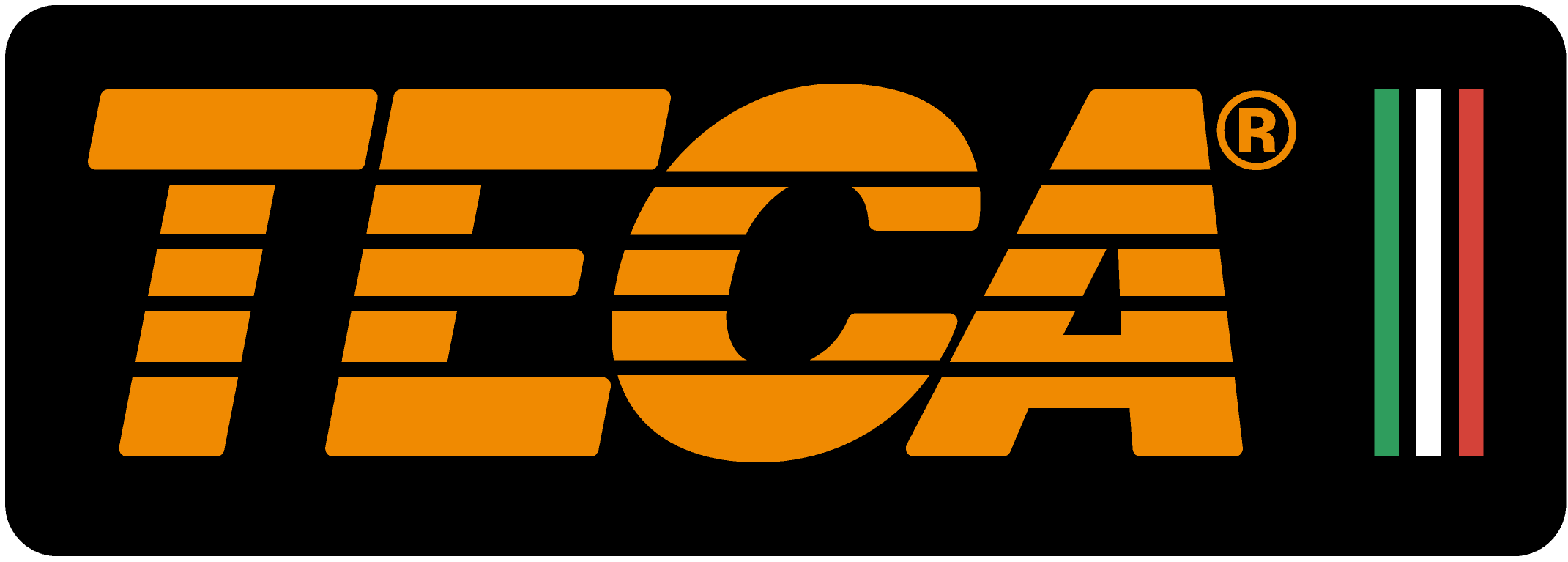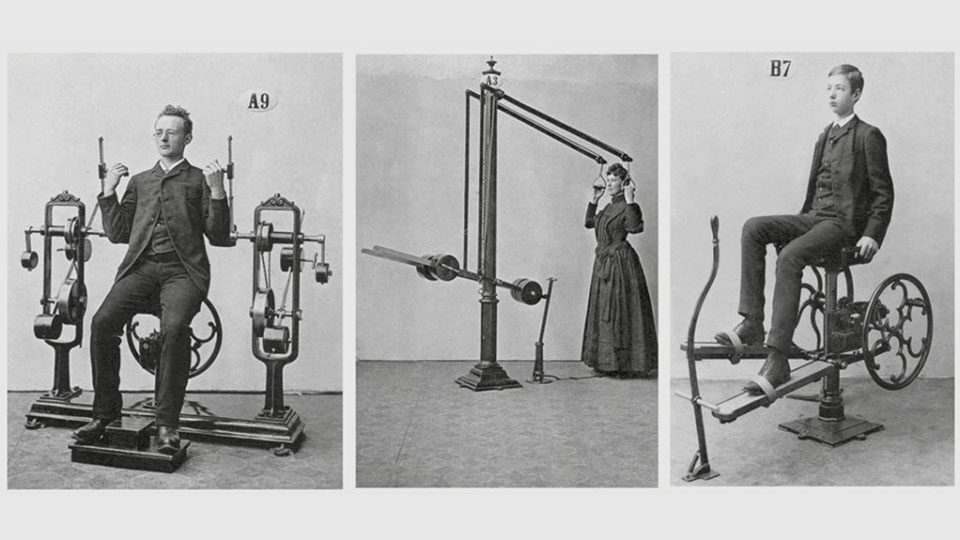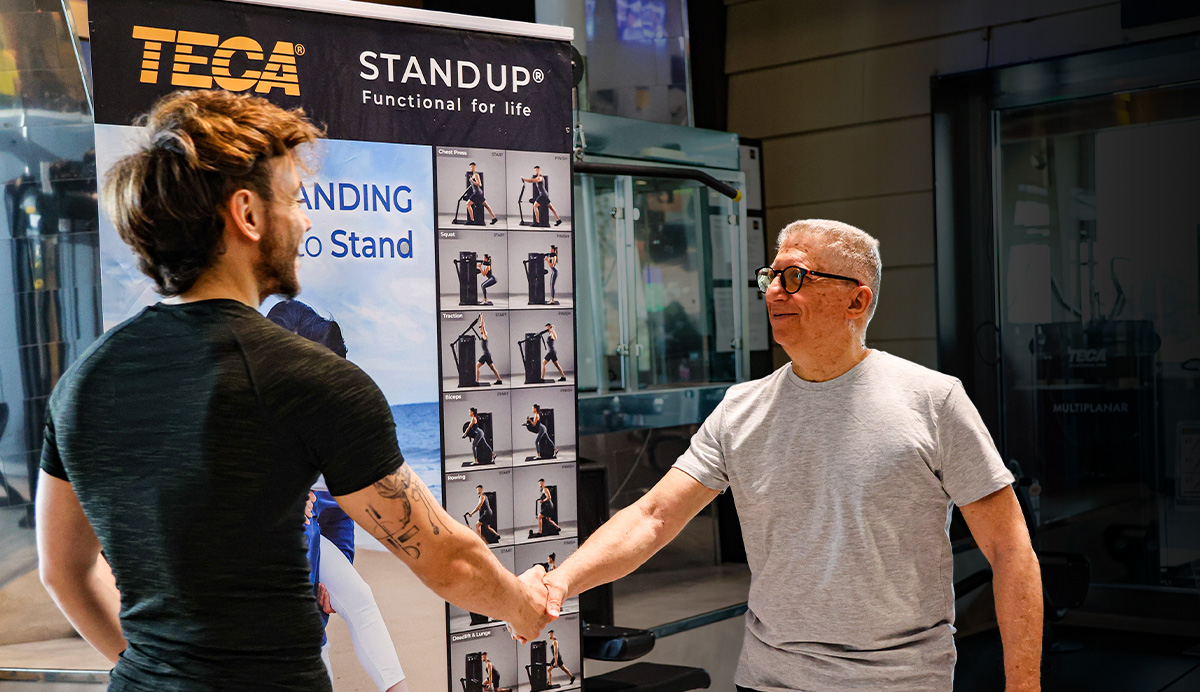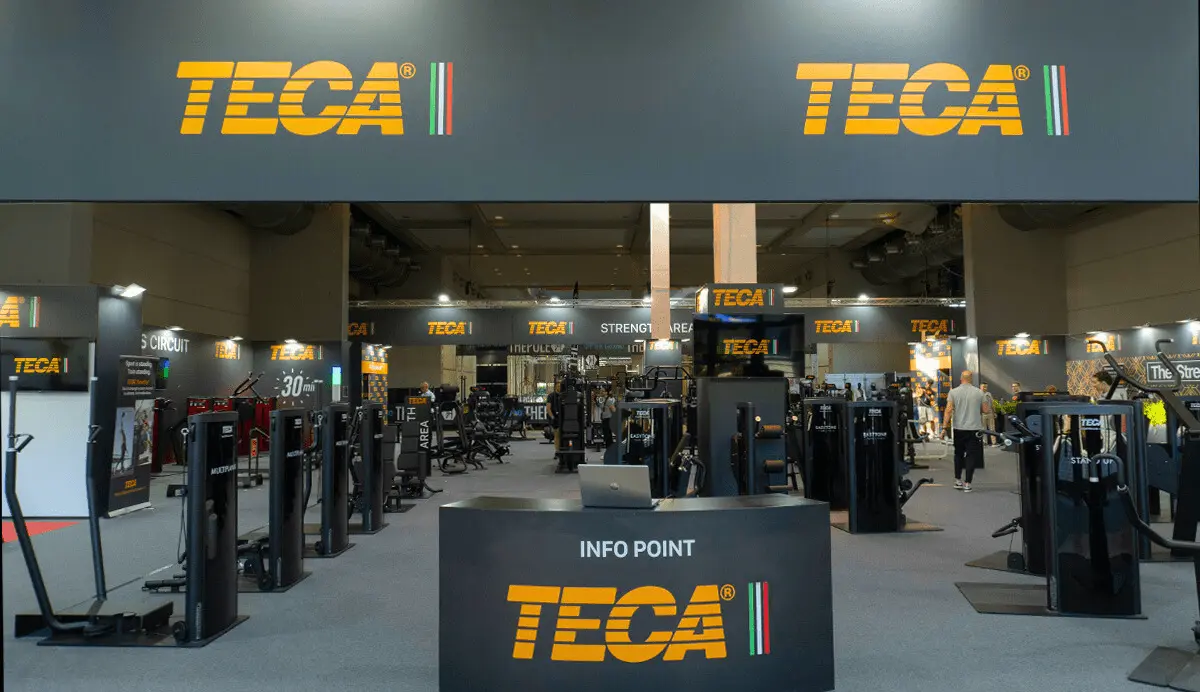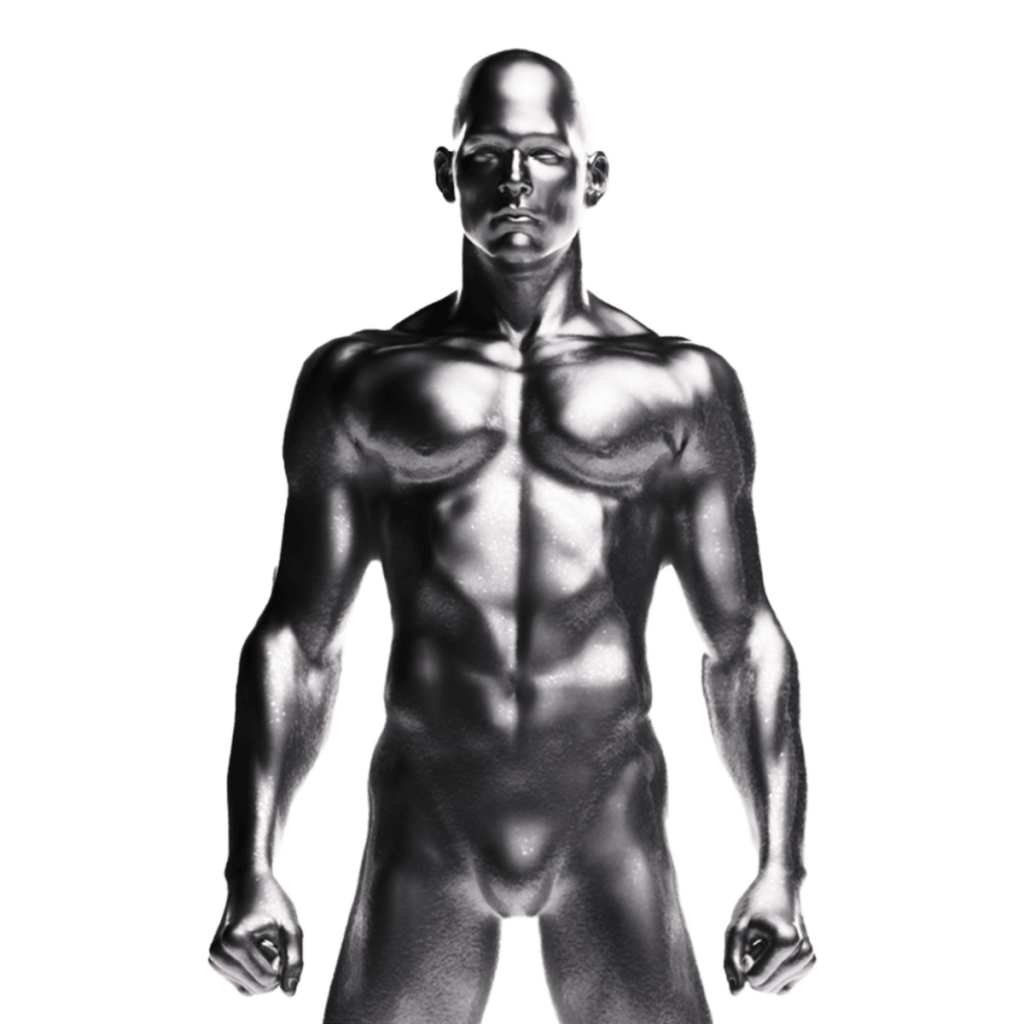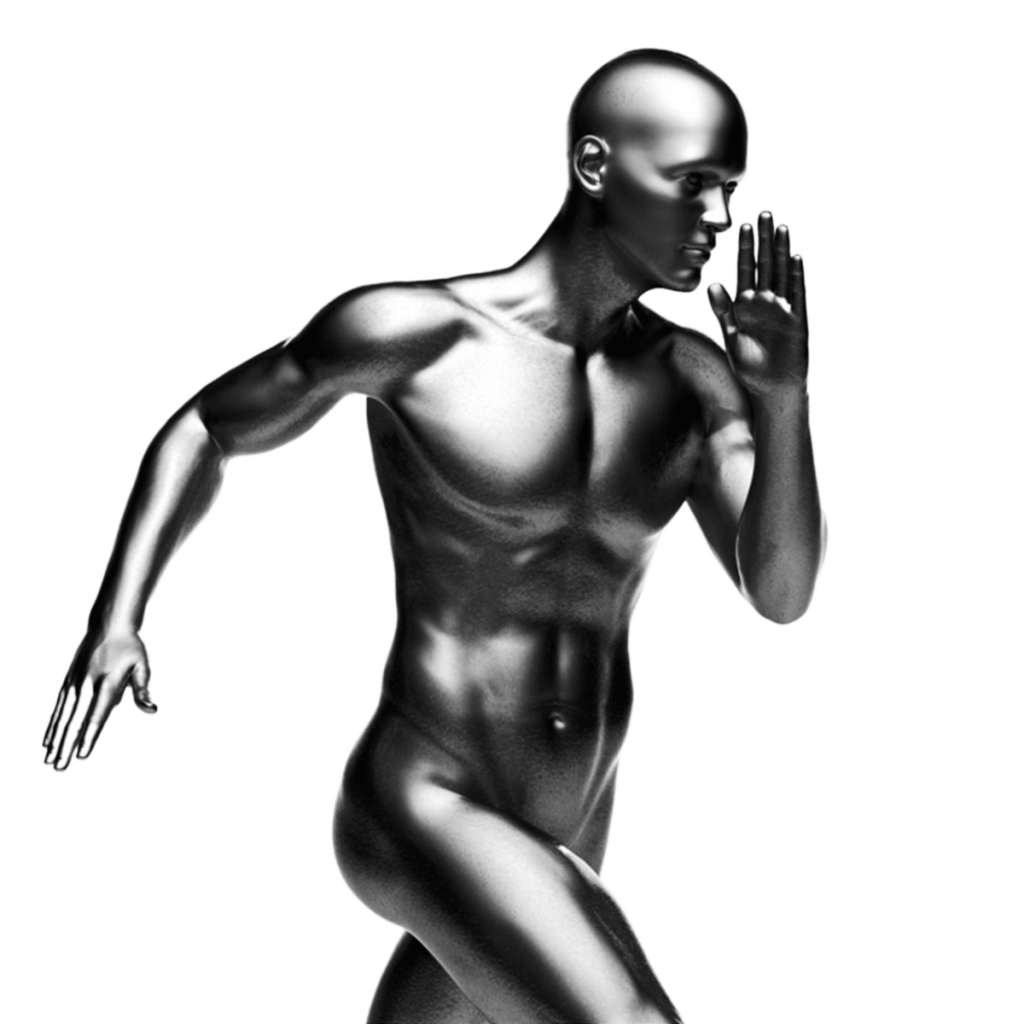Hunting could last for days at a time, and the physical activity required to obtain food and water can be considered the most primitive form of regular exercise and a crucial part of life.
The passage of time has seen endless forms of physical activity flourish. From Kung Fu, which originated in Confucius’ time in ancient China thousands of years ago, to Yoga, which saw the light of day in India to bring together the development of body, mind and spirit.
From the first gyms that arose in the Near East to improve soldiers’ strength and endurance, to the idealism of physical perfection that characterised ancient Greek society. From the fitness values of Sparta, where the physical training of future soldiers began at the age of six, to the Roman civilisation, where every citizen of the Empire between the ages of 17 and 60 had to be in top physical condition.
Exercise, in various forms, continued to accompany human history even during the Middle Ages and the Renaissance period. However, we have to wait until the 19th century to see the first significant changes in the field of physical culture.
During this period, scientific interest blossomed in Europe in creating training programmes and identifying the most suitable activities to maintain adequate fitness levels in the population. In addition, the figure of the physical educator began to take hold and the first equipment was created to perform the programmes and exercises developed by the specialists of the time.
Traditional fitness equipment, in the meaning we give to the word ‘machinery’ today, would not arrive until a century later. Let’s discover together how they were born and evolved into the machines that populate every gym today and, above all, which are the best fitness equipment for top fitness.
Fitness equipment: the beginning
From hunting and gathering food to posture and breathing exercises.
From imitating different styles of animal fighting to long marches on foot and horseback.
From discus and javelin throwing to jumping and running.
From trekking and horse riding to exercises for developing muscle strength and flexibility using only one’s own body weight, physical activity has, over the centuries, changed form to suit the times.
In other words, one kept fit and healthy through ‘makeshift’ means, borrowed from everyday life and, therefore, very different from the fitness equipment we can find in any gym in the world today.
The first decade of the 20th century marked a historical turning point in the way we exercise. It was during this period that man created the first equipment intended exclusively for training.
It all began with Friederich Jahn, the founder of the German athletic movement and also known as the father of gymnastics.
Jahn, a doctor by profession, recognised the importance of fitness for everyone and in 1810 founded the first camp equipped with equipment to carry out his training programmes, which included exercises such as jumping, climbing and the famous gymnastic vault. Jahn’s equipment was very simple: the beam, symmetrical parallel bars or the horse for gymnastic vaulting.
The rudimentary fitness equipment of the 19th century
If the first means dedicated to physical training came into being at the beginning of the 20th century, it would be almost another hundred years before real machines came into being.
At the end of the 19th century, with the boom of industrialisation, new types of jobs blossomed, much more sedentary than those that characterised rural society, and people therefore stopped exercising. Swedish orthopaedic physician Gustav Zander, after conducting in-depth studies of the human body, in particular its movements and muscle structure, developed a series of machines that could correct physical difficulties, treat spinal deformities and, above all, strengthen muscles.
According to Zander, progressive exertion, in other words the regular and controlled use of muscles, was the essential condition for strengthening the body. This is how the Swedish doctor proposed the revolutionary concept of using machines to perform physical exercises.
His equipment tried to emulate everyday physical activities, such as climbing stairs, cycling, rowing, and the main purpose of its use was to counteract the damage caused by too much sedentariness.
You can admire some of them in the photos below: from the arm workout to the upper body workout to the ancestor of the classic step. Zander used the knowledge and technology of the time to provide science-backed answers to the movement and physiotherapeutic needs of the time.
A true progressive, Zander used to state that in the future man would be increasingly dependent on machines to stay in shape and that the use of fitness equipment would become more and more prevalent due to the ever-increasing sedentary lifestyle.
Indeed, he had seen far ahead.
The birth of modern fitness equipment
The embryonic phase dates back to the time of Jack LaLanne, an expert in fitness, exercise and nutrition who is considered the Godfather of modern fitness. As early as 1936, at only twenty-two years of age, LaLanne opened the first health and fitness centre in the United States, growing to own more than 800 gyms by the 1980s.
LaLanne imposed a new ideal of manhood: bulging biceps and pectorals, a slim waist, sculpted abs, and a controlled diet, but in his long career he did more than just spread the messages about the importance of physical activity for health and well-being.
LaLanne designed and invented some equipment and accessories that we still use today, including:
– the weight selector
– the cable-pulley
– the first machine to perform the Squat safely, also called the Smith
– the first leg extension machine.
At the same time that LaLanne opened the first American fitness centre, i.e. in the 1930s, interest in physical culture began to grow. Thus, in the first half of the last century, ordinary people, motivated by the physicality of the athletes of the time, particularly the Strongman, discovered the need to become stronger and lead a healthier lifestyle.
To meet a rapidly growing demand, the number of gyms open to the general public increased and with them the need to provide equipment that could train anyone easily, quickly and safely.
The machines are still primitive, usually built or designed by club owners who seek in this way to diversify their offerings in order to increase enrolments.
The 1950s: the first real turning point in the fitness industry
The 1950s marked a turning point in the gym business with Vic Tanny (famous bodybuilder and entrepreneur) and, later, Jack LaLanne, who seized the opportunity to provide the common person with a space to work out and opened the first fitness chains.
New fitness equipment came to life and the basic rules in their creation were twofold: efficiency and safety.
Efficiency, because the new gym-goer belongs to the middle class, so he works and has no time to waste. In order to satisfy his or her needs for movement and thus guarantee results in less time, machines are needed that optimise the duration of time spent in the gym.
Safety, on the other hand, becomes essential to allow new users, people who have no athletic or competitive needs, to train without the fear of injury and thus keep them as far away from injury as possible.
This is how fitness equipment such as the Smith Machine, the Leg extension, the Inverted leg press, the first machine to train calves, the Preacher curl for biceps and different types of Pulley were born.
The 1960s – 1970s: Innovation in fitness
In the 1960s, innovation was the watchword. From Harold Zinkin, the famous Californian bodybuilder and Olympic lifter, and his Universal Gym (machines equipped with a weight stack that allowed the user to select the desired weight by moving a selector switch) to Artur Jones (inventor of the Nautilus machines), the landscape of fitness equipment changed radically.
Zinkin’s machines are a complete departure from the past: they combine several stations in one, optimising the space dedicated to the machines and also revolutionising the workout, which, besides being safe thanks to the guided movements, also becomes faster. Universal’s first fitness machines are thus forerunners of future multi-stations, and in addition they allow for the first time sequential training, moving quickly from one station to the next for a workout that precedes today’s circuit training.
On the other hand, the Nautilus by Arthur Jones, a former US Marine during World War II, burst onto the fitness scene in a big way. The innovative machines were named after a cephalopod that lives in the Pacific and Indian oceans because their rotational mechanisms resembled this aquatic animal.
Jones’ fitness machines look like something out of a science fiction magazine. They look solid and portentous, cost an exorbitant amount of money, only train one muscle group and are sold with a bespoke training programme that only includes two sets per machine.
In just a few years, Nautilus invaded school gyms, National Football League (NFL) gyms and helped create the first specialised centres equipped only with machines.
Thanks to Universal and Nautilus machines, the general public’s confidence in fitness equipment as the best way to achieve a strong, toned physique reached incredible heights in the 1970s.
Fitness equipment after the 1980s: the revolution continues
Fitness equipment became increasingly popular among gym-goers, and from the 1980s onwards, increasingly specialised machines were created to cater as much as possible for the needs of an increasingly diverse range of users.
Much more evolved and more specific equipment, ready to meet the needs of the general public in search of fast, targeted and less tiring training methods.
A long history of innovation that has never stopped. Quite the contrary.
The variety, quality and specificity of fitness equipment has never been as rich as it is today. This is thanks to the desire to improve fitness at 360°, which no longer leaves room for improvisation. Companies with a strong bent for innovation, such as Teca Fitness, use research and in-depth study of the physiology of movement to strengthen the human body in the safest, most natural and most efficient way possible.
Fitness equipment vs. free weights: an endless debate
Which of them is more effective: fitness equipment or free weights? This question has caused rivers of words to flow, continually dividing the two factions: on the one side are the lovers of barbells and dumbbells, on the other the supporters of machine training.
Certainly, in this debate that has lasted more than a hundred years, the word has not yet been written. Both free weights and fitness equipment have their strengths and a complete workout should include both.
However, when it comes to fast, safe and above all effective workouts, fitness equipment scores extra points. Here’s why.
Fitness equipment and free weights: peculiarities and strengths
Compared to exercises with free weights, which take place in multiple planes and require balance, machine exercises are distinguished by their ability to maintain the motor pattern throughout the range of motion (ROM).
One machine exercise can replace another with free weights (and vice versa) to achieve a different muscular stimulus, and machine training can be used for specific work or to best suit the biomechanical needs of the exerciser.
Free weights have the advantage that they significantly stimulate the trunk muscles and stabilisers. On the other hand, machines are easier for beginners to use and do not require the intervention of a trainer in the same way.
Returning to the subject of stabilisation, which has always been considered exclusive to free weights, it should be pointed out that, thanks to research, special fitness equipment has been developed that is capable of specifically and profoundly stimulating this important muscle category.
These are Teca’s isotonic machines for training in the upright station Switching, the result of incessant research into the physiology of movement and postural control.
Thanks to the standing working position, which is more natural and the only one that fully respects human physiology, Switching stimulates the stabilising muscles and constantly activates the core to ensure back protection and stability.
Fundamental characteristics of effective fitness equipment
Since the dawn of time, man has sought the most efficient means of strengthening and aesthetically pleasing his body.
It has been a long road from working out with makeshift means to the free weights and isotonic fitness equipment we all know today. At first the exclusive preserve of athletes such as weightlifters and strongmen, the gym slowly became an extremely popular half that everyone could enjoy.
But since the general public first discovered the gym, their fitness needs have never changed. The ordinary person, who has no athletic or competitive ambitions, has always been in search of effective, safe and fast training methods, placing his trust above all in fitness equipment as the best tool for achieving his goals.
Today, you can find a myriad of machines in gyms, but how do you identify the most suitable ones?
Well, effective fitness equipment has certain characteristics that optimise training time and enhance results. In addition, they enable biomechanically correct training and are equipped with great inventions.
Optimised training times and enhanced results
While the need for a strong and healthy body is constantly increasing, lack of time is the main cause that drives people away from the gym or leads to dropping out after joining.
Effective fitness equipment is able to overcome the need to train in a short time and still achieve results. For this reason, machines designed for circuit training rise to the top.
Thanks to the gradual load and guided movements, circuit training on isotonic machines involves all the muscles of the body and allows both improved strength and tone and important aerobic benefits. All this in shorter sessions than more traditional (aerobic or weight training).
This particular type of equipment allows training to be customised and made low or high impact, depending on the level of experience of the exerciser.
Among the fitness equipment for circuit training are those that make up the Switching by Teca Fitness, isotonic machines designed exclusively for standing training.
The standing workout position has numerous advantages in terms of effectiveness: superior muscle activation compared to seated training, constant core activation, greater back protection and high energy expenditure during and after the session.
The special standing position differentiates Switching from any other isotonic machine circuit and allows you to create endless work protocols to guarantee exceptional fitness in significantly less time. In fact, it is possible to see benefits in just a few weeks by training less than thirty minutes with a unique method that is scientifically proven to be effective.
Correct biomechanics
Scientific research is the driving force behind biomechanical innovation, the only one capable of enabling correct and effective exercise.
The trajectory of fitness equipment must be biomechanically perfect to allow targeted work in the target muscle, safeguard joints and prevent injuries.
To avoid overload stress at the beginning and end of the exercise, in a quality machine the workloads are distributed according to the trajectory with a balanced and constant tension over the entire duration of the exercise, over the entire ROM.
The best machines are also equipped with special control devices to make the movement safer. Only safe exercise, which fully respects human physiology and joint biomechanics, will be able to correctly stress the muscles concerned and strengthen them in the most effective way.
Every piece of TECA equipment, from those used for circuit training to isotonic equipment dedicated to muscle development, fully respects the biomechanics and physiology of movement. Not only that. Each of them allows safe training thanks to special mechanisms, some of which were born in-house at TECA.
Let’s discover some of the most important control systems.
Range of Motion limiter
Joints move through physiological joint degrees called Range of Motion or R.O.M. When these joint degrees are reduced or exceeded, muscular imbalances occur. Limiting the range of motion is useful both to avoid risky injuries caused by training without ROM control and for rehabilitation and postural purposes.
Self Adaptive Control
An advanced device that allows the equipment to adapt to the user’s motor gesture for a fluid and natural exercise. This system was invented in 1991 by Teca’s research and development centre.
Natural Guided Movement
A system that guides execution over correct, predefined ranges of movement, preserving performance and biomechanics.
Fitness equipment with innovative systems
The swinging system
This is a system that makes it possible to vary the resistance in relation to the force developed by the muscle thanks to the different position of the load in relation to the vertical of the arm. Movement on fitness equipment equipped with the rocker system respects physiology and is attuned to individual proprioception.
The variable pantograph system
Exclusive device invented by Teca in 1988.
In equipment equipped with it, the footplate must guarantee absolute safety and stability of support even during the most demanding exercises. The action of the pantograph regulates the tilting of the footplate, which adapts to the flexibility of the ankle for a physiologically correct movement.
An effective piece of fitness equipment, such as Teca’s Leg press, will stand out for the way it takes innovation, in this case the variable pantograph system, to the next level.
Teca’s Leg press, in fact, is equipped with an easily adjustable tilting footplate to adapt to the individual user’s joint capacity and shift the workload to the various lower limb and gluteal regions without varying the position of the feet.
Not only that. Thanks to the possibility of adjusting the inclination of the backrest, the spinal column maintains its physiological curves in all phases of movement and is more protected than exercising on traditional Leg Presses.
Conclusions
That fitness equipment is the easiest, quickest and most effective way to top fitness is well established. But it is not enough to choose just any machines.
On the contrary, as you have already read, there are several factors that determine the effectiveness of fitness equipment and tip the scales in favour of machines that satisfy as many of the characteristics listed so far.
Among the infinite number of solutions on the market, TECA fitness equipment stands out because it responds comprehensively to the need to offer fast and safe workouts that guarantee exceptional results.
Every single piece of equipment created at TECA contributes to writing fitness history thanks to its ability to enhance the effects of physical movement for truly effective training and top fitness.
Discover all our fitness products. Contact us by phone at +39 085 903301, by email at info@tecafitness.com or come and visit us at our headquarters in Via Vestina 346, 65015 Montesilvano (PE) Italy
